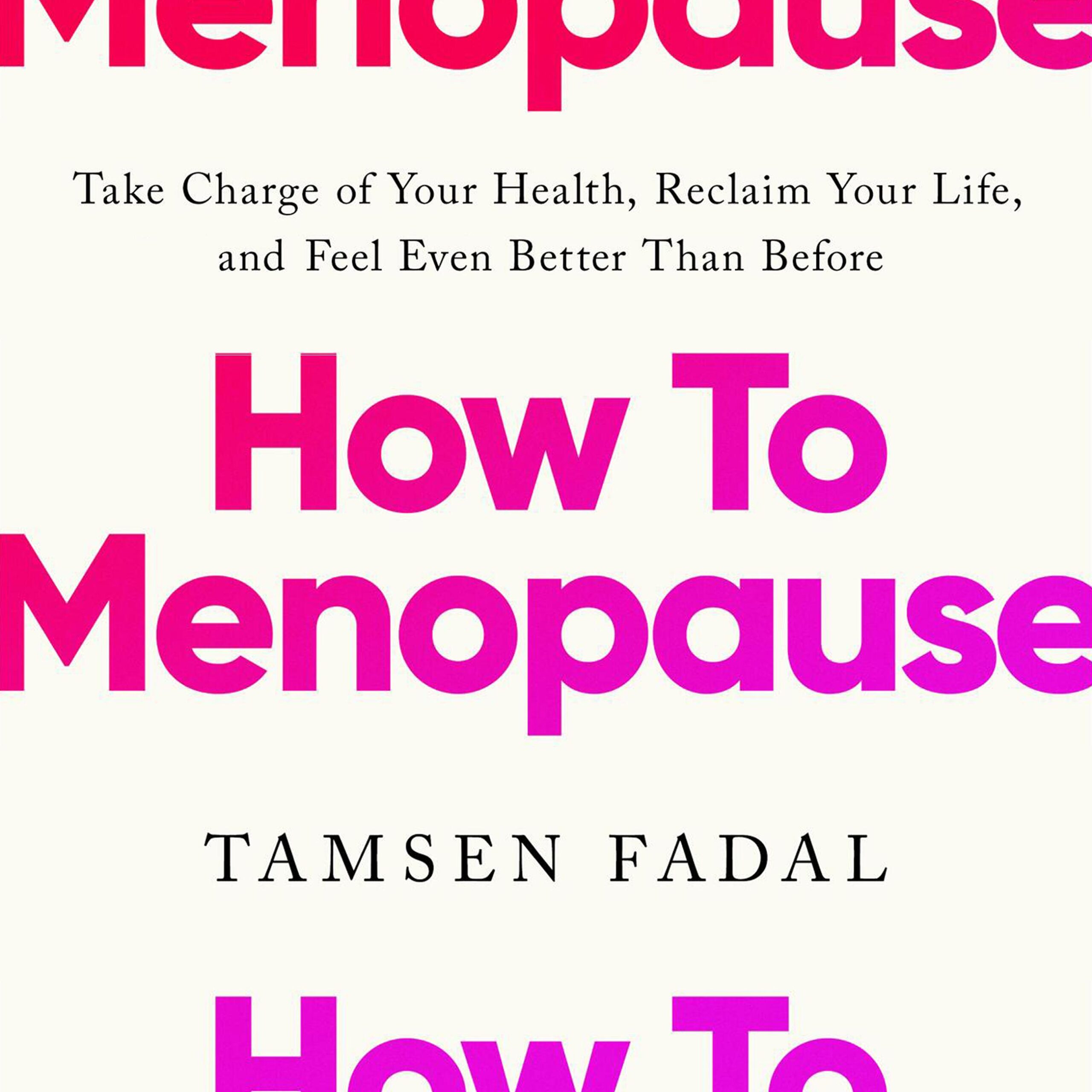Menopause often evokes a spectrum of emotions—fear, uncertainty, and confusion are all too common reactions to this natural biological milestone. However, Tamsen Fadal’s enlightening work, “How to Menopause,” aims to change the narrative surrounding this transition. With a blend of personal anecdotes, scientific insights, and actionable guidance, this book promises not just to inform but to empower. It dares readers to shift their perspective on menopause, transforming it from a dreaded ending into a new beginning brimming with potential.
The title itself captivates curiosity. By presenting menopause as a subject to be understood rather than merely endured, Fadal invites readers to embark on a journey of self-exploration. The book’s approach is refreshingly holistic—spanning physiological, emotional, and psychological dimensions. It highlights the often-overlooked aspects of menopause, assuring women that it’s a pivotal chapter rather than a denouement.
Fadal begins by laying a foundational understanding of what menopause truly entails. Often cloaked in myths and misunderstandings, menopause marks the culmination of reproductive years, but laced within this biological cessation lies an opportunity for rejuvenation. This book endeavors to demystify the myriad changes women experience, breaking down the complex interplay of hormones during this phase. The author delves into the importance of estrogen and progesterone, articulating how their ebb and flow impacts not only physical health but emotional well-being.
One of the most potent aspects of Fadal’s writing is her candid acknowledgment of the societal stigma surrounding menopause. This stigma has led to a culture of silence and shame, perpetuating the notion that menopause is a taboo topic best avoided. In “How to Menopause,” the author disrupts this silence. She encourages open dialogue, advocating for a supportive community where women can share their experiences. The societal implications of menopause are addressed with an analytical lens, prompting readers to reflect on their perceptions and those of others around them.
Moreover, Fadal introduces the concept of empowerment through knowledge. The educational segments in the book are meticulously crafted, providing not only facts and figures but also tangible strategies to navigate this life stage with grace and confidence. From nutritional advice to fitness regimens, Fadal emphasizes the importance of self-care. She offers practical tips to mitigate symptoms such as hot flashes, mood swings, and fatigue, steering readers toward a more balanced lifestyle. This proactive approach nurtures resilience, allowing women to reclaim autonomy over their bodies in a time often marked by change.
The narrative is interspersed with moving testimonials from women who have walked the path of menopause. Their stories are varied, yet they resonate with a shared theme: menopause is as much an emotional journey as it is a physical one. Fadal encapsulates these experiences beautifully, reminding readers that they are not alone in their struggles. These testimonials serve to humanize the scientific discussions, bridging the gap between data and lived experiences. They lend a sense of camaraderie, urging women to embrace vulnerability while navigating this significant life transition.
Furthermore, the author articulates the importance of mental health during menopause—a facet that deserves exploration. She discusses the potential for anxiety and depression during this period, shedding light on how hormonal fluctuations can exacerbate mental health challenges. Fadal advocates for seeking professional help when needed, positing that mental well-being is paramount and should not be neglected in the pursuit of physical health. This acknowledgment serves as a crucial reminder that one’s mental state is deeply interwoven with their overall health narrative.
The book also serves as a call to action, imploring readers to challenge the long-held stereotypes surrounding age and menopause. Fadal promotes a vision where menopause is not an end, but rather a transition to a radiant new chapter filled with possibilities. She highlights stories of women who have thrived post-menopause, redefining their identities and embracing the freedom that comes with this new phase of life. The narrative sparks a curiosity about the potential that lies beyond this transformative journey, piquing a desire to explore and redefine personal aspirations.
In conclusion, “How to Menopause” is more than just a guide; it is a manifesto for women on the cusp of—or already experiencing—this pivotal transition. Tamsen Fadal has crafted a narrative that enlightens, inspires, and invigorates. By fostering an environment of understanding, open dialogue, and community support, she challenges the norms that have long dictated women’s experiences during menopause. This book beckons readers to embrace the changes, promising a transformative journey overflowing with insights and empowerment.
Through an engaging blend of education, personal stories, and practical strategies, Fadal’s work undoubtedly shifts the conversation around menopause. It plants the seeds of curiosity and fosters a renewed understanding of not only what menopause is but what it can signify. For any woman at this juncture, “How to Menopause” is an invaluable compass, guiding them towards acceptance, empowerment, and above all, a vibrant new chapter in their lives.
